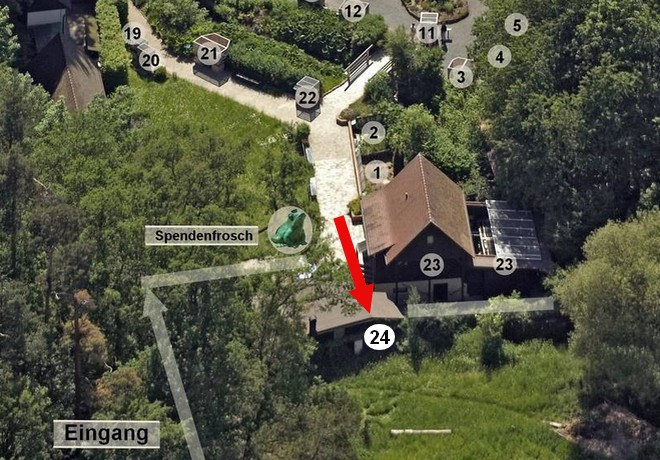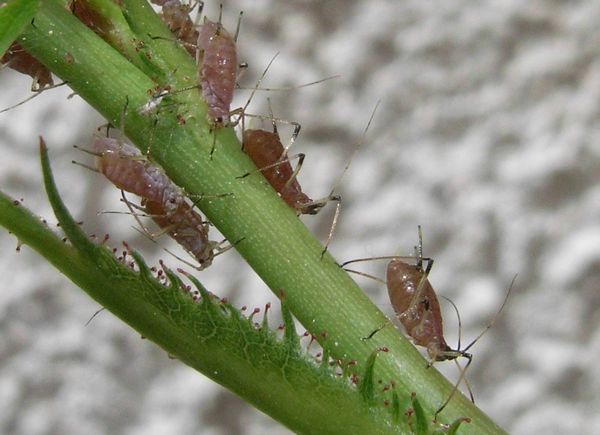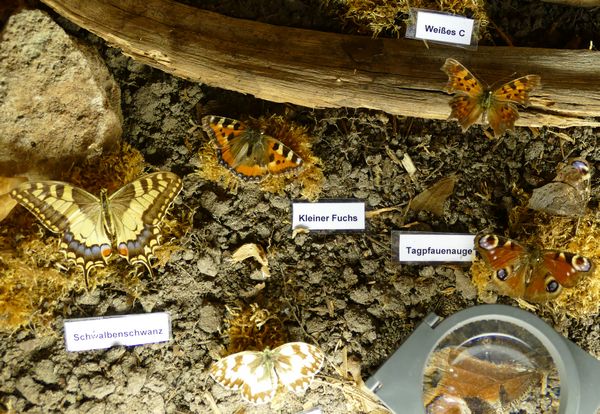 Microscopes
With the microscopes and loupes you can see life in water and on land from a completely different perspective. In addition, you can take a closer look at butterflies, beetles and other insects out of our homeland. The microscopes contain exhibits, e.g. the aphid. Aphids feed on plant acids that are low in amino acids. Therefore, they excrete large amounts of in water dissolved sugar (honeydew) which is not usable by them due to protein deficiency. This often attracts ants that eat the honeydew and protect the aphids from enemies such as the ladybug. In Central Europe alone, there are 850 aphid species. 
In addition to the microscopes are loupes, among which, for example, a discarded snake skin or the shell of a tortoise can be considered in more detail. The shell of a tortoise is formed of several layers. The lowest layer consists of massive bone plates. Above the bone tank is a layer of horn shields made of keratin, like our fingernails. Since the tank is made of living material, it is sensitive to pain! 
Opposite the microscopes are some insects that occur in the area of the Freiland-Aquarium-und -Terrarium or other biotopes in the Nuremberg area. The small tortoiseshell is a fairly common butterfly. Its caterpillars eat stinging nettle, as well as the peacock butterfly. That's why he feels comfortable in our area. But also beetles, flies and bugs can be seen. Insects that depend heavily on water are next to dragonflies and mosquitoes also some beetle species and bugs to which the common backswimmer belongs. This insect can often be seen in one of the small aquariums alive. By the way, all exhibited insects are old collections or dead specimens, we have found. 
|